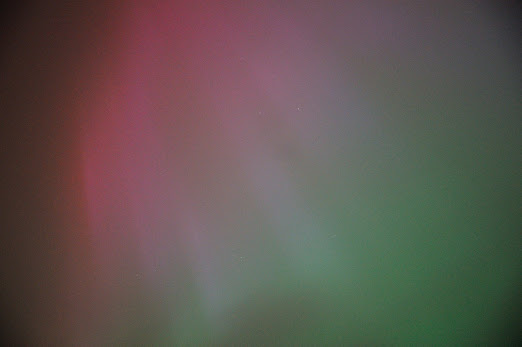About two weeks ago, on the night of the 11th September, we had some very good clear skies and the first quarter moon had set by 21:23 UT. We are moving into autumn now and it gets properly dark by 20:30 UT. The transparency of the sky was shown later on in the night when looking at the variable Z UMa but I will come to that shortly.
I began with a couple of stars in Draco. Using my 10x50 binoculars and BAA chart 106.04, at 21:50 UT I could see that TX Dra was fainter than star K (magnitude 7.0) but marginally brighter than star N (mag. 7.7). My estimate was K(5)V(2)N or magnitude 7.5.
On the same chart is AH Dra. At 22:00 UT I could see that AH was fainter that star 1 (mag. 7.0) but brighter than star 2 (mag. 7.8). At 22:09 UT my estimate was that is was roughly equal in brightness to star 2, that is magnitude 7.3.
The constellation of Cygnus is still high in the sky at this time and so I next looked at the star CH Cygni on chart 089.04. At 22:24 UT CH was fainter than star A (mag. 6.5) but brighter than star W (mag. 7.3). At 22:30 UT my estimate was A(3)V(5)W or magnitude 6.8.
The constellation of Cepheus, by contrast, was directly overhead. Using chart 312.02 at 22:47 UT I saw that the variable RW Cep was fainter than star B (mag. 6.5) but brighter than star E (mag. 7.3). At 22:50 UT my estimate was that it was midway between these two stars in brightness, that is B(1)V(1)E, i.e. magnitude 6.9.
Now onto a couple of stars in Ursa Major. This constellation hangs quite low in the sky in September at midnight BST. It almost "stands" on the northern horizon. I had been thinking because of its low altitude that it might be difficult to view the variable stars I had in mind due to absorption in the atmosphere but it was a testament to the clarity of the sky that this wasn't the case.
Firstly, I had a look at Z UMa on chart 217.02. This star was very faint but just visible. At 23:05 UT Z was fainter than stars H (mag. 8.7) and L (mag. 8.9)!! Now I couldn't see star M (mag. 9.5) but I reckoned that Z was only a couple of tenths fainter than L. So my estimate was L-2, i.e. magnitude 9.1. This must be one of the faintest observations of this star I have ever recorded.
On the same chart is the variable RY UMa. At 23:18 UT RY was fainter than star 1 (mag. 6.7) but brighter than star 2 (mag. 7.4). At 23:23 UT I thought that RY was closer in brightness to 2 rather than 1 so my estimate was 1(5)V(2)2, i.e. magnitude 7.2.
All my estimates are in good agreement with other observers from the BAA.
All text and images © Duncan Hale-Sutton 2024

















